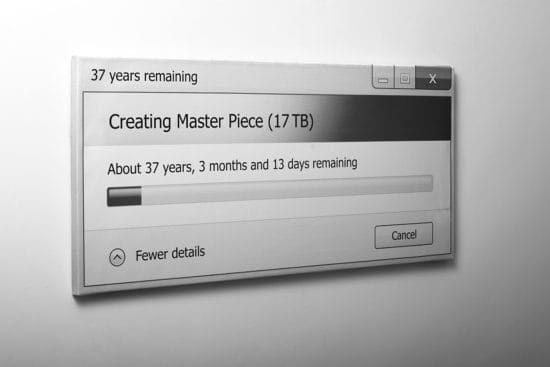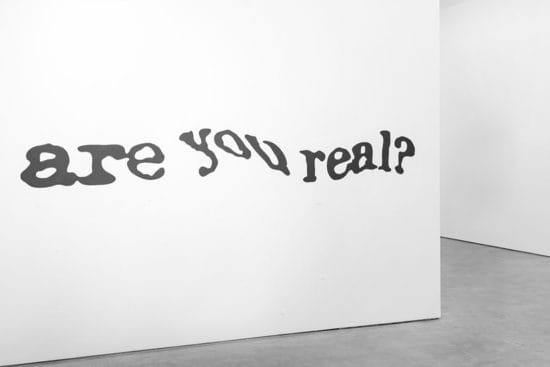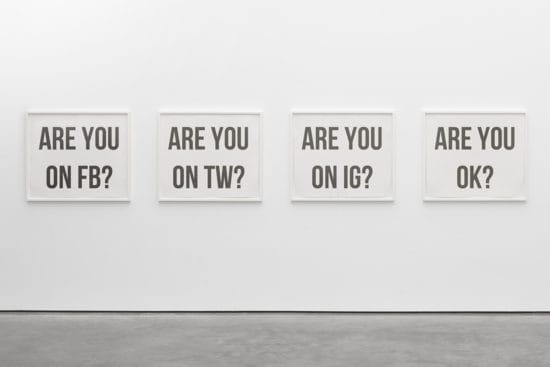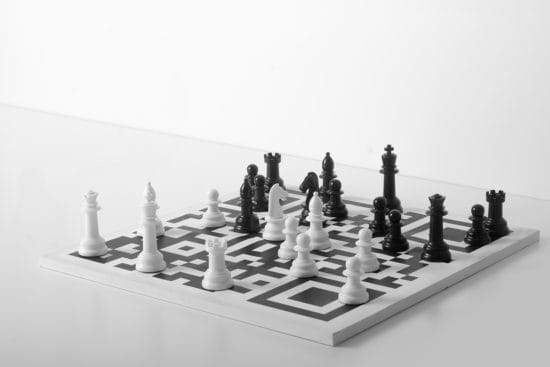For Ignacio Kise and many others, everything started in University of Buenos Aires (UBA), home of the most prestigious leading figures in Argentina. Ignacio Kise used to study Fashion Design there and in that time he developed an interest in photography. He dropped his fashion career to pursue his passion for visual arts and photography. Since 2010, his work has featured minimalism and abstract art.
Inspired by Marcel Duchamp, Joseph Kosuth and Andy Warhol, Ignacio Kise plays with the realness that Social Media creates and how much we are immersed in this. Welum interviewed Kise to explore this topic.
Which is your relationship with art?
My relationship started when I was three years old. In that time I used to go to art classes. Even though I realize that my art was taking its shape between three to four years from then. My identity revealed itself to me in 2012 more or less, when I begin working with a monochrome pallet. That was the starting point for me because I got involved with the concept I wanted to work with and not the means. I felt that the way I was going to express didn’t matter. It was something I was going to decide while I was developing the idea. The interesting thing for me was the idea that emerges from the work I was doing, very conceptualist.
I think my art is very postmodern, because I ironize issues that society presumes to be one way because they are immersed in the way we are living. That is the starting point for creating something that people can reflect about.

'Creating máster piece' Ignacio Kise. Printed art. 2016
In what way do you think Social Media affects your work? Why?
Most of my work speaks about Social Media. I am more active in Instagram. For that reason, I tried to manifest different angles of the everyday nature of my spectator. Then, I look at these issues through irony, but not always. I play a lot with presenting a piece that talks about Social Media, but I like that there are not limits between being ironic or maybe expressing what I feel about that thing. I do not want to be clear about my position because I do not want to condition the people who are perceiving my art through my opinion. Of course I think that technology is an excellent development for a lot of things, but as any other phenomenon, there are negative things too. Therefore, I think I let the spectator create a richer reflection about my work.
Your Instagram page looks like a virtual gallery. Do you think your work could land in a physical space and not lose its identity?
Yes, I think the identity could adapt to another place, that’s why I think my work in both ways. I am not going to say that I only think it in the material scene, but I think it in a constant dialogue between the physical work and what the “real” spectator would experiment because I like to play with “Is the virtual environment part of the reality?”

'Are you real?' Ignacio Kise Vinyl on wall. 2016
Does the experience of the spectator change if your work is exhibited in a physical museum? Why?
Yes, it is an interesting question. Social Media contributes something interesting to my art. There are a lot of renegade artists that fight against technology. I think that all of this makes globalization more real than ever. The artistic environment became more vague, so more artists could reach the real people. In regards to my work, taking into account both scenes, the virtual and the physical, they are different experiences; the means and not the concept is what I am interest in. Besides the process that spectators make when perceiving the piece, I think that they would find themselves at the same point, mentally.

'Are you ok?'
Ignacio Kise.
Printed art.
2016
Let’s talk about why you chose the monochromatic pallet.
All of my work up until now is black and white. I do not dismiss colors, but that's maybe for the future. I want to highlight that when your concept is the most important thing in your work it is interesting to look at the part that minimalism plays. I mention this because, the attention will be put in the message and the concept and not in the “ornamental”. This is the main reason that I feel comfortable working with these aesthetics.

'QR chess'
Ignacio Kise.
Art object.
2016
There is an explosion of communication these days. What do you think is the impact of this in art?
Every complex discipline would face problems in being something massive, and art is not the exception. However, it creates something that is undeniable: every person that is interested in art could have access to every artist in the world, and that for me is something amazing! The modern era is criticized with the idea that the past is always better, and this is also true in the arts.
Before the creation of the internet it was almost impossible to know all the work of the artist you were keen on. Art was only available to the aristocrats. The majority of people died not knowing classical music. That is why I think it as unfair to believe that every technological development is wrong. In the way of information, the media plays a main role.
There is a trend of doing everything from where we live. Do you consider that in the future we could consume art from our homes?
I never thought about it, but I think that in the way things are happening it is probable, not as the only way. Maybe the exhibitions could be digital or virtual through the internet so people could access it from every corner of the world. Although art is considered a “breaking” discipline, it is very traditional in other ways. So some museums will be “The” museum, and the same with galleries. The places of power are still centered on there and I think this will be true for a long time. Nobody is a great artist on the internet if it is not recognized by a museum. I could be wrong for some exceptions but they are exceptions. If we see the most followed plastic artists on the internet, they are the most well-known in museums. I do not think that internet has created a phenomenon that is stronger than physical exhibitions.
